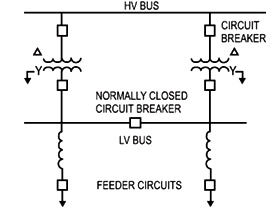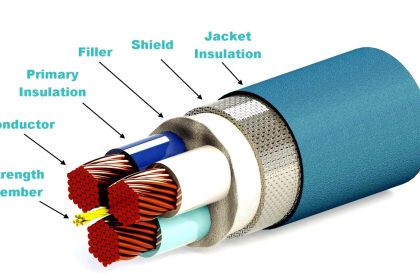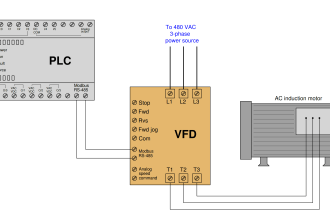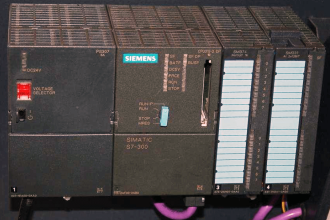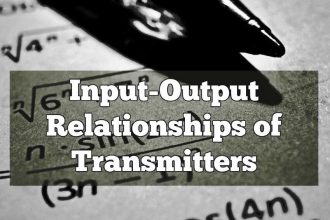Current Limiting Reactors are connected in series with the power system essentially to damp the short circuit fault current. During normal operation, a continuous current flows through the reactor. Current limiting reactors are now widely used to control fault currents in both utility and industrial power systems.
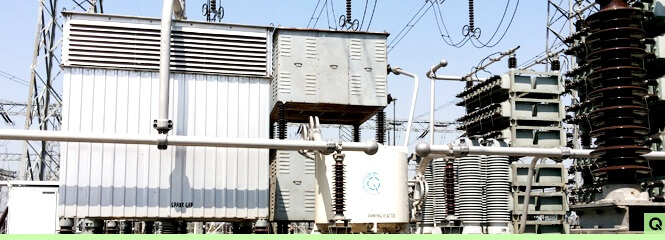
The primary advantages of a current limiting reactor are:
- Reduction of electromechanical loading and thermal stress of transformers and switchgears.
- Improvement of the stability of primary bus voltage during a fault on feeder
- Reduction of Line to line fault current to levels below those of line to ground faults or vice versa.
- Protection of distribution transformer and downstream power equipment and devices from the propagation of initial fast front voltage transients due to faults and circuit breaker operations.
- Increase in system reliability.
This type of reactors are briefly classified as :
PHASE REACTORS :
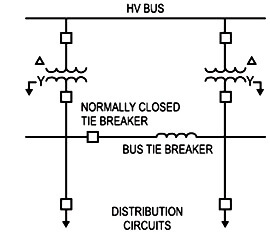
These reactors are used to tie two or more feeders or power sources are connected to a single bus. It is desirable to sectionalize the bus due to high fault levels without losing operational flexibility. The advantage of bus tie reactor is that if load is essentially balanced on both sides of the reactor under operating conditions, the reactor has negligible effect on voltage regulation or system losses. Quality Power can provide the customer a thorough solutions which includes :
The current limiting reactors are used to perform the following functions:
Functions of Reactors:
- Protective reactors are used to reduce the flow of short circuit so as to protect the apparatus from excessive mechanical stresses and from the overheating and thus protect the system as whole
- Protective reactors are used to reduce the magnitude of the voltage disturbances caused by the short circuits
- Reactors also localize the fault by limiting the current that flows into the fault from other healthy feeders or parts of the system, thereby avoiding the fault from spreading. This increases the chances of continuity of the supply
- Reactors reduce the duty imposed on the switching equipment during the short circuits to be within economical ratings. So they are used (1) In the systems where extensions have been made and the circuit breaker rupturing capacities have become inadequate (2) In large systems, so as to limit the short circuit MVA to mach with the rupturing capacity of the circuit breakers
In general reactors should be placed at the points in the network where they can be most effective. Very few occasions arise where it is necessary or desirable to introduce reactance in the generator circuits as modern alternators have sufficient inherent reactance to enable them to withstand the forces of the short circuit. However when older machines operate in parallel with the older machines, a case may arise where the added reactance in the circuits of the older machines will provide protection and give them a roughly the same characteristics as the new machines
Reactors installed in the individual feeder circuits are not an economical proposition as often a considerable number of feeders are involved. Generally reactors are employed so that a group of feeders where the insertion of additional reactance is necessary to protect the group of circuit breakers of rupturing capacity. Similarly interconnection between the new and the old sections of the installation may profitably include a reactor and thus eliminate the need of replacing old circuit breakers
